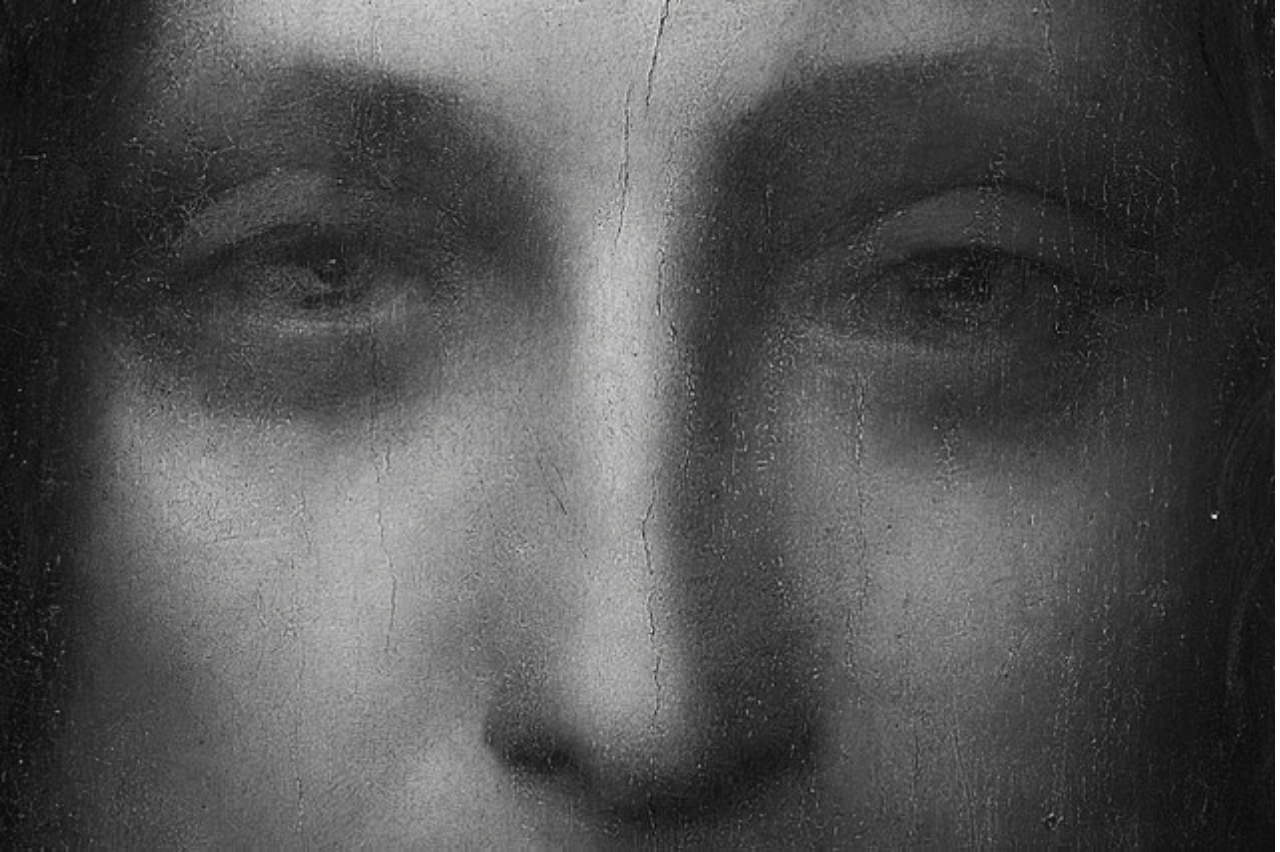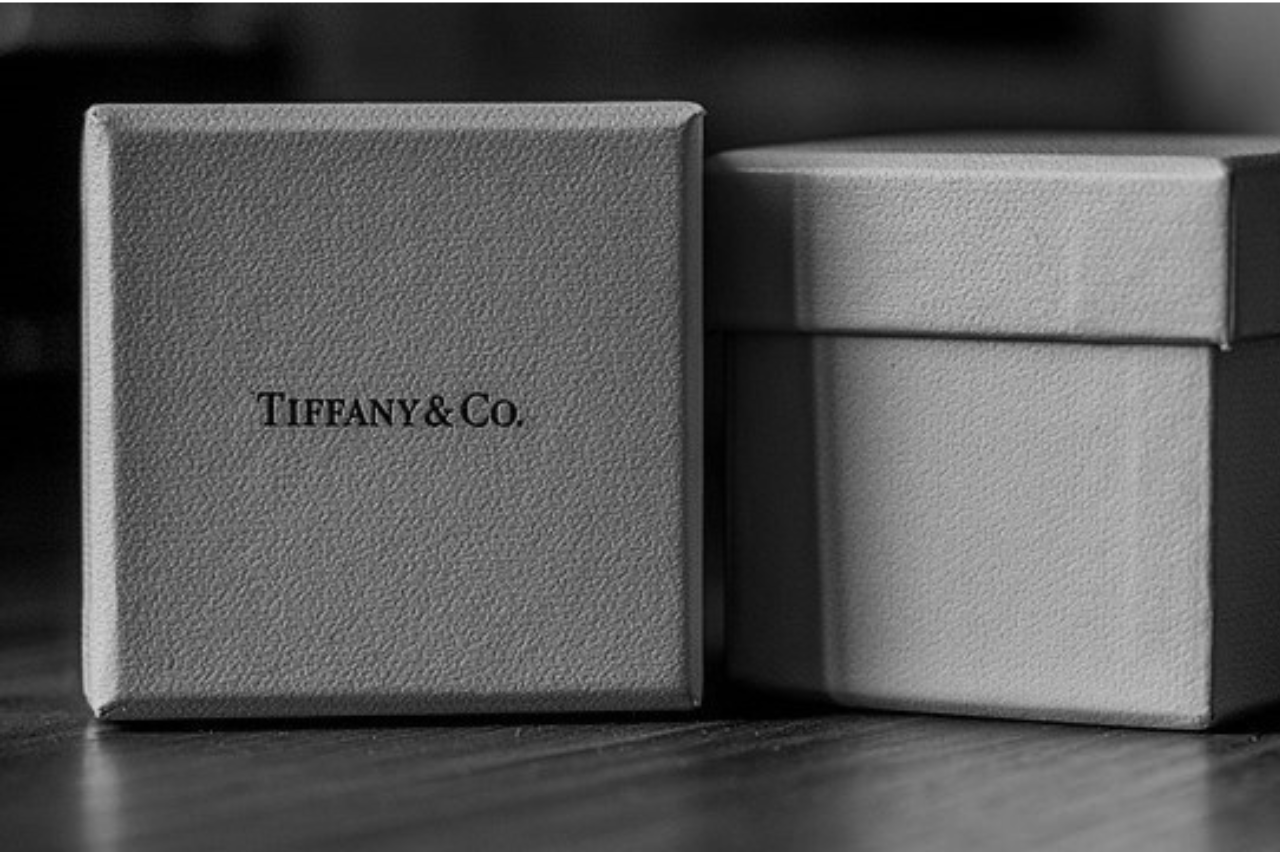
The Absurdity of Salvator Mundi – The Costliest Painting Ever Sold
In 2017, the art world was shaken when Salvator Mundi, a painting attributed to the legendary Leonardo da Vinci, was sold at auction for an astonishing $450 million. The sale shattered all previous records and cemented the painting as the most expensive artwork ever sold. However, beyond the breathtaking price tag lies a tale of mystery, controversy, and the often absurd dynamics of the art market. From debates over its authenticity to the financialization of art, Salvator Mundiepitomizes the strange and often perplexing nature of high-stakes art collecting.
A Rediscovered Masterpiece or a Misattribution?
For centuries, Salvator Mundi was thought to be lost. The painting resurfaced in the early 2000s when it was acquired for a mere $1,175 at an auction, believed to be a mere copy of a long-lost da Vinci. However, following extensive restoration and analysis, a group of experts attributed the painting to the Renaissance master himself, sending its value skyrocketing.
Yet, this attribution has been fiercely disputed. Some art historians believe that the painting was largely executed by da Vinci’s workshop rather than the master himself. The soft-focus technique, peculiar facial expression, and awkward anatomical proportions have led some critics to argue that the work lacks the genius expected of da Vinci. Despite these concerns, the painting's market value continued to soar, illustrating how art prices are often dictated by perceived rarity and branding rather than artistic excellence.
he Art Market’s Obsession with Provenance
A major factor behind the astronomical price of Salvator Mundi is the art market’s fixation on provenance—the ownership history and authenticity of a piece. The mere possibility of it being a lost da Vinci masterpiece made it an irresistible prize for collectors and institutions alike. Art buyers often seek prestige in owning a piece connected to a legendary artist, rather than focusing purely on its aesthetic or technical merits.
This obsession with rarity and historical significance has led to a market where art is treated less as an expression of human creativity and more as a financial asset. The fact that it fetched such an astronomical sum despite lingering doubts about its authorship underscores how provenance often overshadows artistic merit in determining a work’s value.
Art as a Financial Commodity
The sale of Salvator Mundi highlights a broader trend in which art has become a high-stakes asset in the global financial market. In recent decades, ultra-wealthy investors have increasingly viewed art as a commodity, akin to stocks, real estate, or gold. Masterpieces are often purchased as long-term investments, stored away in private collections or freeports, never to be displayed publicly.
This financialization of art has led to a detachment from its original purpose—art as a means of cultural and emotional expression. Instead of being appreciated for its beauty and historical significance, paintings become mere trophies in a game of status and wealth accumulation. The irony is that while artists throughout history sought to create works for public engagement and reflection, today’s high-end art market often keeps these works hidden from view.
The Growing Divide in the Art World
Perhaps the greatest absurdity of Salvator Mundi’s record-breaking sale is what it represents: the increasing inaccessibility of art to the general public. Once a domain for communal appreciation, the art world has become an exclusive club for billionaires, where paintings serve as vehicles for wealth storage rather than cultural enrichment.
The price of Salvator Mundi reflects the widening gap between those who can afford to engage in the art market and those who cannot. For many, the idea of spending nearly half a billion dollars on a single painting—especially one whose authenticity remains disputed—seems incomprehensible. In a world where wealth inequality continues to rise, such sales only reinforce the perception that art is no longer for the masses, but rather for a select few who use it as an instrument of power and prestige.
The sale of a painting for $450 million is emblematic of the art world’s transformation into a market driven by status, speculation, and financial gain. While its artistic significance is still debated, its place in history is secure—not just as the costliest painting ever sold, but as a symbol of the absurdity of modern art valuation.
As the art market continues to favor rarity and exclusivity over genuine artistic appreciation, one must ask: Are we still valuing art for what it truly is, or merely for the price it commands?




